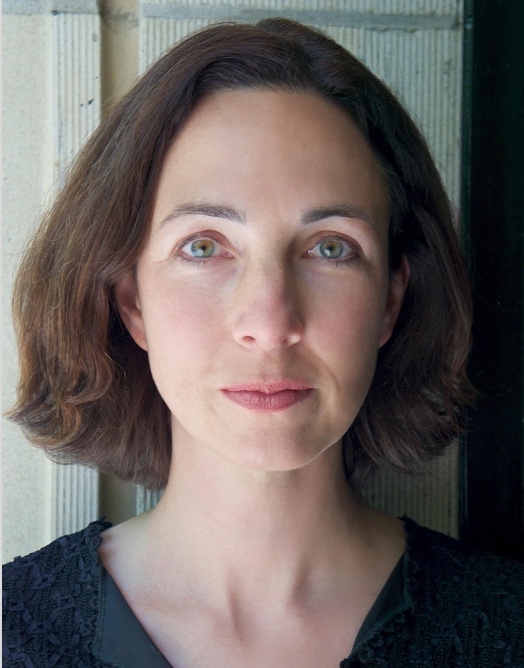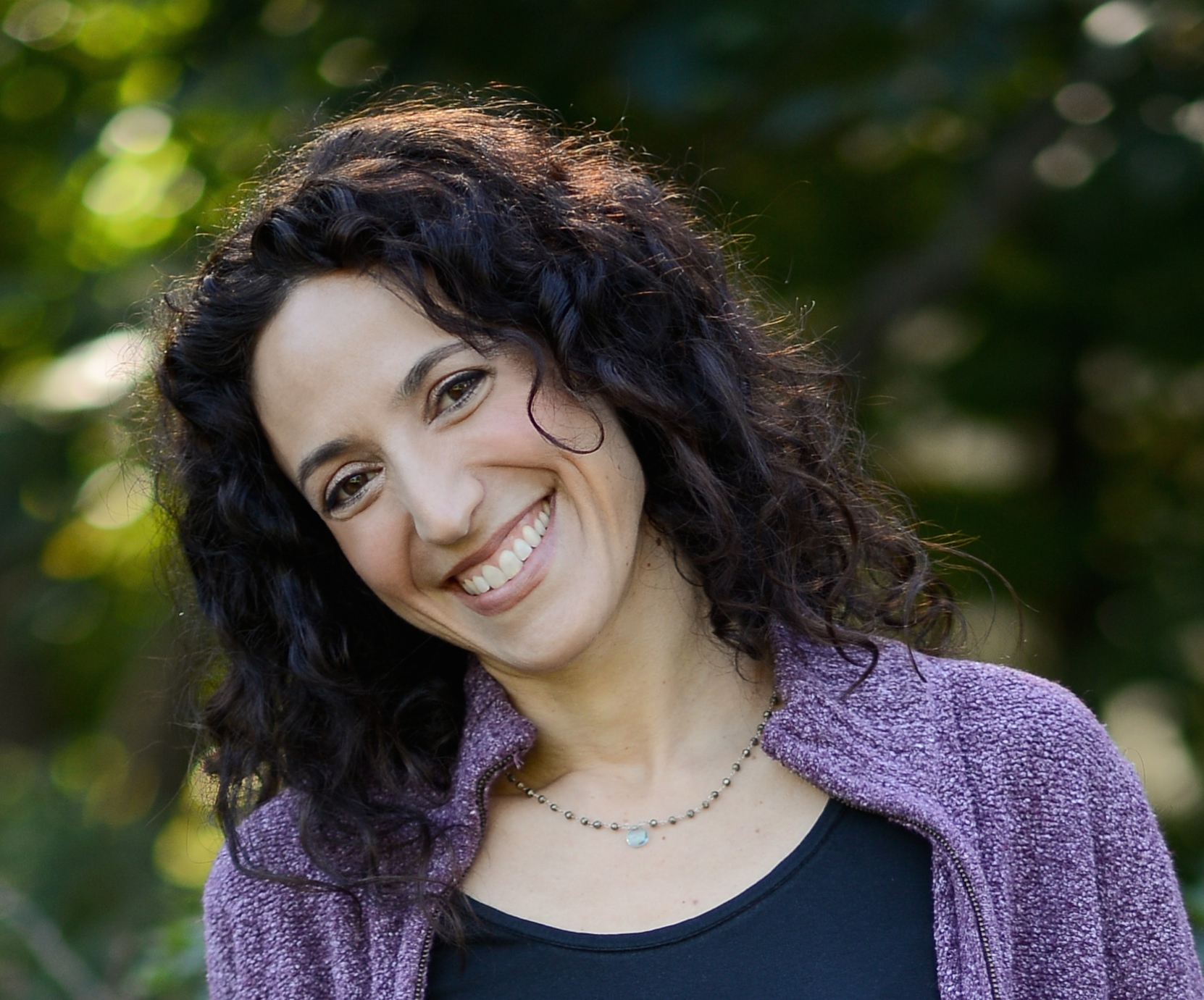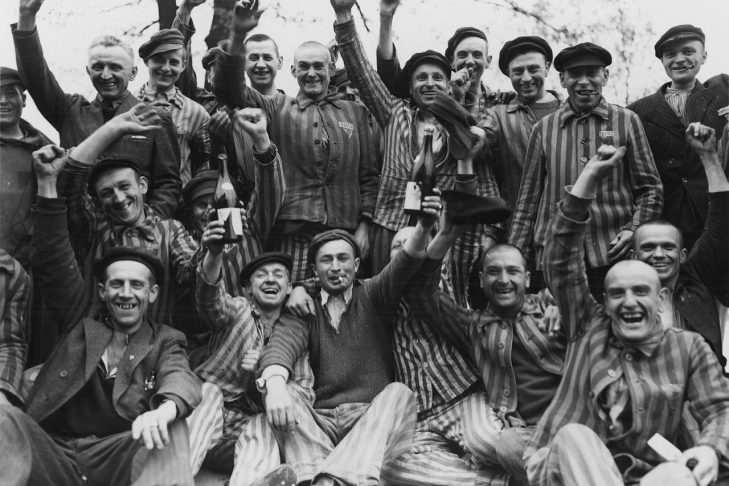Three-quarters of a century later, the emotional impact of the Holocaust remains undisputed. Yet two bestselling authors say that in writing about the Shoah, one cannot lose sight of the fact that those affected by the tragedy were complex human beings.
Novelists Jessica Shattuck and Rachel Kadish discussed this subject in a July 15 talk at Harvard University, “On Nazis, Art, and the Question of Forgiveness: Two Novelists Confront the Legacy of their Families.” They used examples from their own life and work to illustrate that the Holocaust narrative is about people as real as the audience sitting before them.
In recent, acclaimed works, each author has sought to portray historical individuals with accuracy and complexity—Kadish in “The Weight of Ink,” which interweaves 17th-century Jewish communities in Amsterdam and London with 21st-century Jewish life; Shattuck in “The Women in the Castle,” an exploration of three German women whose husbands have been executed for their roles in the 1944 assassination attempt on Hitler.
Their perspective lent nuance to their talk. Kadish is a granddaughter of Holocaust survivors, while Shattuck’s German grandparents were once members of the Nazi party. Shattuck interviewed her grandmother on the issue, which has lingered in her mind over two decades. It informed her senior thesis at Harvard and influenced “The Women in the Castle.” She also penned a New York Times op-ed about the subject: “I Loved My Grandmother. But She Was a Nazi.”

Kadish recalled reading this op-ed when she and Shattuck were in the same writers’ group, finishing their respective novels. It sparked a productive conversation at Peet’s Coffee in Newton Centre. Kadish said they discussed such questions as, “Do you ever feel free to portray Germans, Nazis, Holocaust survivors in a very full, complex way?”
Shattuck addresses this question in her fiction. She read a selection from “The Women in the Castle,” about one of its three protagonists who is both the widow of a slain member of the anti-Nazi resistance yet nevertheless has a murkier personal history that she tries to minimize after the war.
“I feel so strongly that we have so many lessons to learn,” Shattuck said. “To look at these people in and around the edges of the Holocaust who did not necessarily make decisions about the camps but allowed the Holocaust to happen, like my own grandparents.”
Kadish described dealing with a similarly complex narrative about a Holocaust survivor. While working with a women’s rights group in Israel, she met and befriended Helga Newmark, a childhood friend of Anne Frank. Like Anne and her sister, Margo, Newmark had been imprisoned at Bergen-Belsen. Anne and Margo perished; Newmark survived. While studying to become a rabbi in Jerusalem—the oldest student in the class—Newmark shared childhood memories with Kadish. She remembered Frank not as a martyr, but as a human being—a sometimes-bratty playmate who hurt Newmark’s feelings when she did not invite her to her 10th birthday party. When Newmark died in 2012, her recollections were written about unfavorably and sparked criticism from people who had not known her.

On June 12 of this year, which would have been Frank’s 90th birthday, Kadish revived these themes in an essay for Slate that she read to the audience: “On the Search for Victims Who Are Too Perfect to Be Us.” She noted that Frank had admitted to bratty behavior in her own diary. Being “less than perfect” is “a basic human right,” Kadish wrote, adding that “one of the great violences” of the Nazis was “robbing their victims of their right to be seen as real, complex people.”
It’s a danger that can also be found in historical retellings of another crime perpetrated against Jews—the Inquisition. Kadish discussed how, for “The Weight of Ink,” she researched historical details to create complex characters whose fear of being apprehended by the Inquisition led them to excommunicate renowned Jewish philosopher Baruch Spinoza. “I had to learn, get every detail right,” she said. “I never want to lose the reader. If even one thing is wrong, they won’t trust the writer … I feel an allegiance to history. I don’t play fast and loose with history.”
Shattuck emphasized that there is a difference between understanding and excusing a character, and that even understanding has its limits. While she can try to understand a German civilian who once supported the Nazis, she cannot do the same with a German soldier who served at the front (“I did not actually want to go into his mind,” she said of such a character in her book) or with “a big uber-Nazi” such as Reinhard Heydrich.
Yet an overall takeaway from the authors’ talk was that in the tragedy of the Holocaust, it would be a further tragedy to forget its human dimension.
As Shattuck said, there is “a full human element to both victims and perpetrators, that all these people were human beings,” and there is “a danger of that getting lost when we learn about that time, a flattening-out of both sides of the spectrum so that it becomes a one-dimensional morality tale, like an Aesop’s fable as opposed to a story of real, living people. If we view all ‘ordinary’ Germans as monsters, we absolve ourselves of having anything to learn from their experience. And if we don’t learn from the past, how can we ensure our promise ‘Never again’?”



